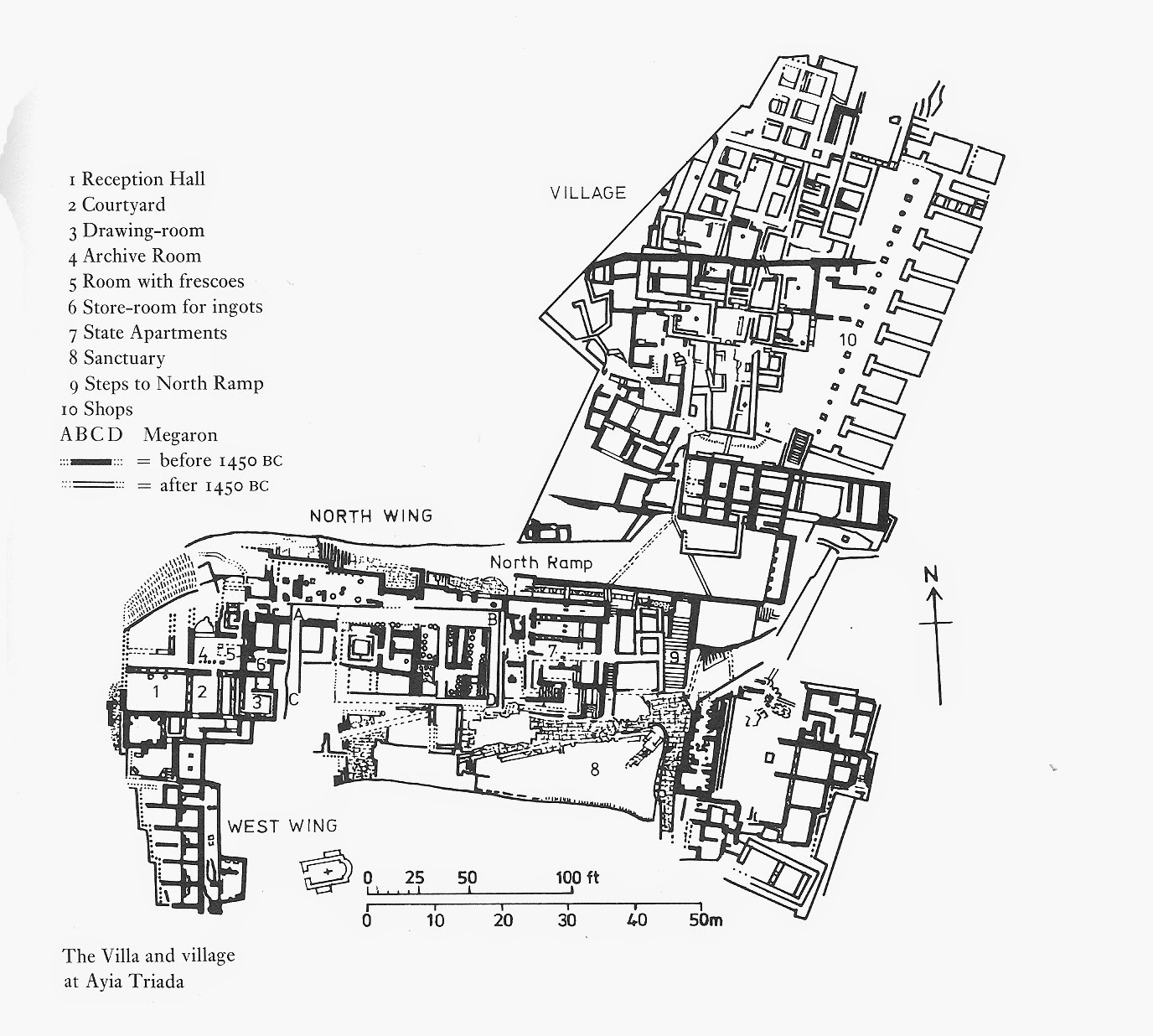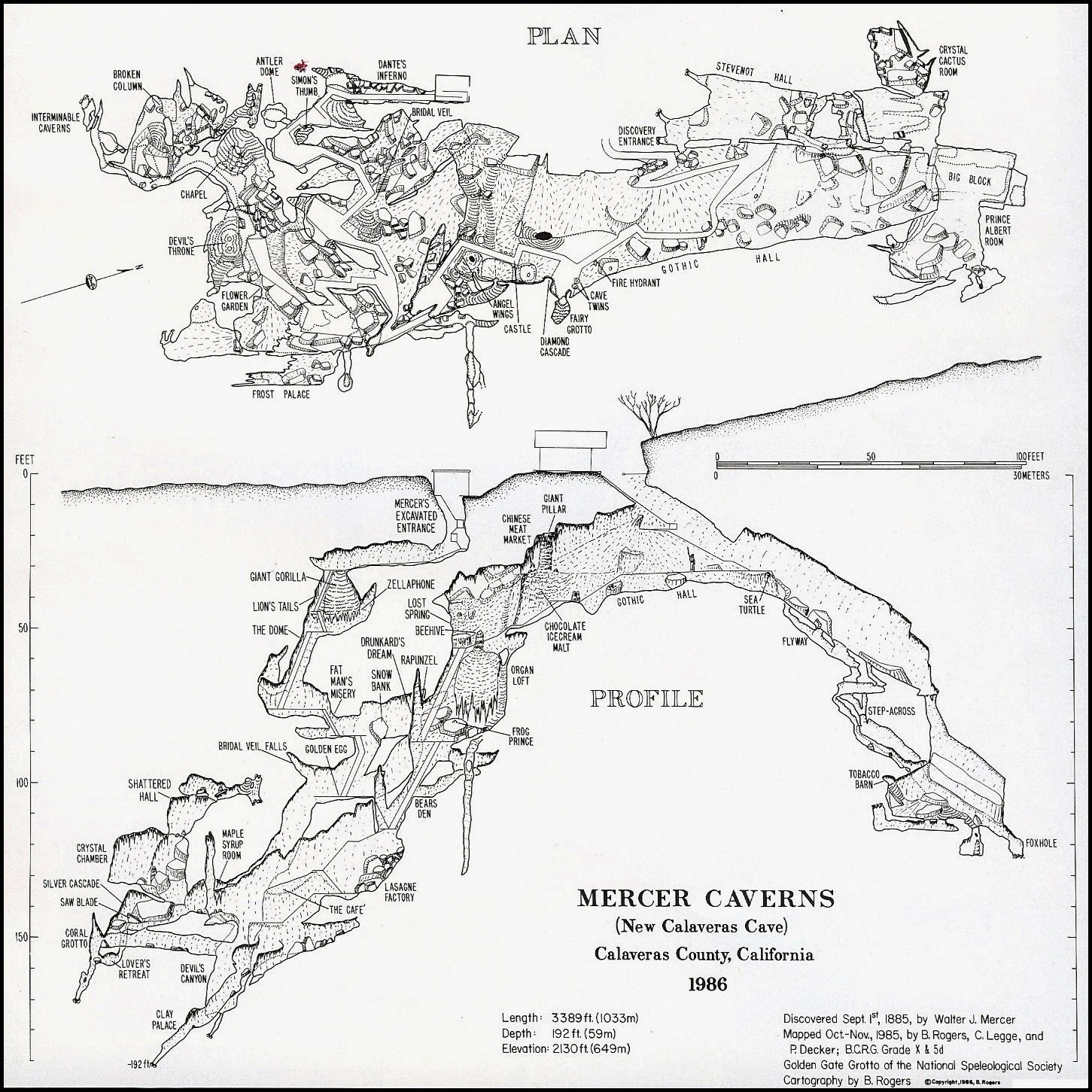50,000 years ago a great rock demon of tremendous power was drawn forth from under the highest volcano in the range by a powerful sorcerer. This was in the time of heroes when many men had great powers that rivaled the gods. Still, Asag was nearly invulnerable to magic and harbored a great hatred for it and he boiled the blood of the sorcerer with his presence, killing him instantly. The sorcerer's name has been lost but all the cultures of the jungle basin remember when Asag came smashing through the basalt ridge almost all the way to the coast, exploding it in a shower of lava as he went. Much of the northern swamps were covered in a lava flow and a good portion of the central jungle burned. When Asag's wrath began to cool in the surface air he returned to his kingdom under the mountain, and the Maita and Ilyapa rivers flooded the wreckage left behind and formed a new river, the Zamonas. The entire jungle basin was now drained by this one great river.
One of the earliest city states (~30,000 YA) to arise in the region was Eridu, situated along the banks of the Zamonas where it flowed nearest the southern hills. The patron deity of Eridu was Marduk the Sun, whose avatar had been persuaded to reside in a large gold statue and led the Eriduan people to many military victories. The priesthood of Marduk in Eridu grew extremely wealthy and influential, and many of the religious traditions that characterize the early temple period first arose in Eridu, including the proliferation of many specialist priest types. Priests for the purification of the temple (masmasu), priests to appease the wrath of the gods with song and music (kalu), female singers (naru), male singers (zammeru), swordbearers (nas patri), masters of divination (baru), penitents (sa'ilu), priests for individual purification against demons and magicians (asipu) and the supervising or watchman priests (sesgallu) who served as mouthpieces of the God-statue - these and other specialized aspects of the priesthood that arose in Eridu soon spread to the other fledgling city-states and the early temple period proper (25,000-20,000 YA) starts with the adoption of the stepped-pyramid or ziggurat as home of a patron god-statue in all of the city-states of the coastal region.
 |
| Typical early temple period ziggurat: god's house in blue at the top holding the god statue inhabited by the patron deity's avatar (25,000 - 20,000 YA) |
The demise of Eridu came about in the middle of the early temple period, around 22,000 YA. Eridu was left literally high and dry when the Zamonas changed course and formed a new path to the sea hundreds of miles to the north. Not long after, Asag was summoned to the surface world again by a powerful sorcerer who dangled himself and his arcane energy as bait in an attempt to use Asag against an amassed army. Asag laid waste to the greater part of the jungle basin, annihilating all life in his path. A delegation of sesgallu priests from all the affected city-states met to take action against Asag, and it was decided that Asag must be summoned and bound with divine energy to prevent him from ever raging across the jungle again (Asag's magic resistance only working against arcane magics). The priesthood of Marduk from Eridu saw an opportunity to stay relevant and offered Marduk's assistance to bind Asag inside the metal pyramid of the sun in Eridu. This proposal was accepted, and with the power of Marduk and his consort Sarpanitu the moon goddess, Asag was summoned and bound without loss of life.
Unfortunately for Eridu, Asag proved incredibly powerful once he had gathered himself and Marduk and Sarpanitu had to devote all their power to keeping him restrained. Marduk's golden statue no longer strode at the head of the Eriduan army. The name of Marduk no longer kept evil spirits and demons at bay in the night. The people of Eridu revolted against the priesthood, accusing the sesgallu of betraying Marduk by forcing him to summon and bind Asag. The priesthood stayed behind in the ceremonial complexes while the people of Eridu migrated to the coast. Some people of Eridu married with the tribes of the southern jungle; men of these lines kept alive the secret cults of Eridu while women of these lines have passed on memory of Sarpanitu and still access the sacred moon grottos underneath the temple of the moon to conduct ceremonies in her honor.
The bulk of the people of Eridu made their way north along the coast toward the new mouth of the Zamonas where they had been promised land to farm near the emerging city state of Siss-Anor. Shortly before the Zamonas changed course, the old fishing city of Anor-Anor had been sacked by foreign invaders called the Siss, led by sorcerer kings. A new city known as Siss-Anor was built on the rocky outcropping above the ruins of the old city. When the river changed course it flowed right up to the basalt outcropping of Siss-Anor, instantly making the city a new power in the region. When the people of Eridu neared Siss-Anor they were ambushed by a Siss army. All the men of Eridu were killed and the women and children taken as slaves to work the fields. Siss-Anor grew wealthy on the backs of Eriduan labor. The women of Eridu in Siss-Anor also kept alive the knowledge of the moon cult through the ages.
After hundreds of years the priesthood eventually died out and the old city of Eridu and the sacred complex of the pyramids of the Sun and Moon were completely abandoned. Marduk and Sarpanitu continued to bind Asag in the metal pyramid, locked in an eternal struggle.
Toward the end of the middle temple period, a sorcerer discovered that Asag was still bound under old Eridu and attempted to draw him forth. The sorcerer was killed by cultists of Sharur, one of the old cults of Eridu still kept alive in the southern jungle, but the magic he had already set in motion made the metal temple of the sun glow so brightly it lit the night sky of the jungle like daylight. A delegation of priests from the city states was called together and they summoned a landslide from the south hills that buried the old city and its pyramids. All the way to the end of the late temple period (up to 10,000 YA) each city state offered a tribute of warriors and priests to guard the site against trespassers. This tradition did not survive the upheaval that marked the beginning of the modern temple era, when the Siss gods of Siss-Anor replaced the old gods throughout the region and all the old temples were destroyed. The cult of Sharur still persists and watches the site, and the moon cult of Sarpanitu is still active, the grottoes of the moon accessed through a larger cave network that they are connected to by a submerged passage.












